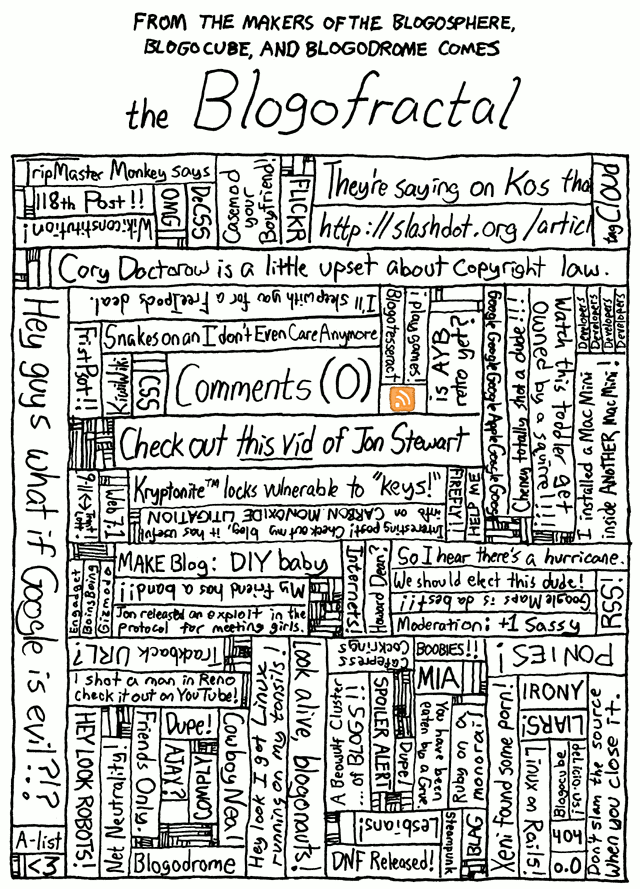

Cumulatively, this significantly undermines the impact of any individual example, to say nothing of his point about using quality graphics to impart a density of information. Scattered throughout this book are (by my count) 23 different train timetables, of which 6 are stylistically identical to the early French example that decorated his first work. But fully 1/10 of his second book is devoted to other train schedules (that’s merely by page count, in fact Tufte devotes 1 of 7 chapters to this).

The cover of his first book touted one of these visually impenetrable (and dull) examples, noteworthy for the date of its creation (sometime in the 19th century), its compression of a myriad of daily destinations, arrivals, and departures into a single image, and (I think) the fact that it’s French. Third, this book reveals Tufte’s bizarre obsession with train schedules. Well, now that I’ve met the author’s thesaurus, I’d appreciate him looking up the word “irony.” Second, this one sentence-paragraph from page 50, which I was simply stunned to find in a published (even a self-published) work: We thrive in information-thick worlds because of our marvelous and everyday capacities to select, edit, single out, structure, highlight, group, pair, merge, harmonize, synthesize, focus, organize, condense, reduce, boil down, choose, categorized, catalog, classify, list, abstract, scan, look into, idealize, isolate, discriminate, distinguish, screen, pigeonhole, pick over, sort, integrate, blend, inspect, filter, lump, skip, smooth, chunk, average, approximate, cluster, aggregate, outline, summarize, itemize, review, dip into, flip through, browse, glance into, leaf through, skim, refine, enumerate, glean, synopsize, winnow the wheat from the chaff, and separate the sheep from the goats. Hello? Been there, read that, and frankly, the third time is not remotely charming. First, he continues to repeat his graphic design examples.

This one (the shortest of the three) is simply a confounding, rambling disaster. Per my earlier reviews, I found his first book (especially the first 50 pages, which contain almost all the content) to be terrific.

He just doesn't seem to have anything new to say. I hear he's working on a fifth, but I can't really see the point. This makes the third and last of Edward Tufte's books I have (and most likely, will ever) read.


 0 kommentar(er)
0 kommentar(er)
